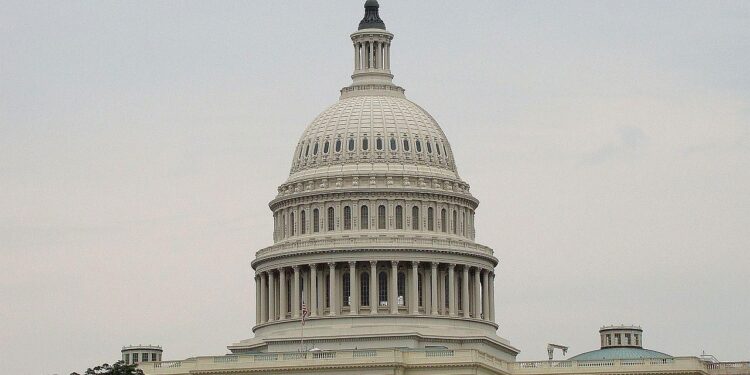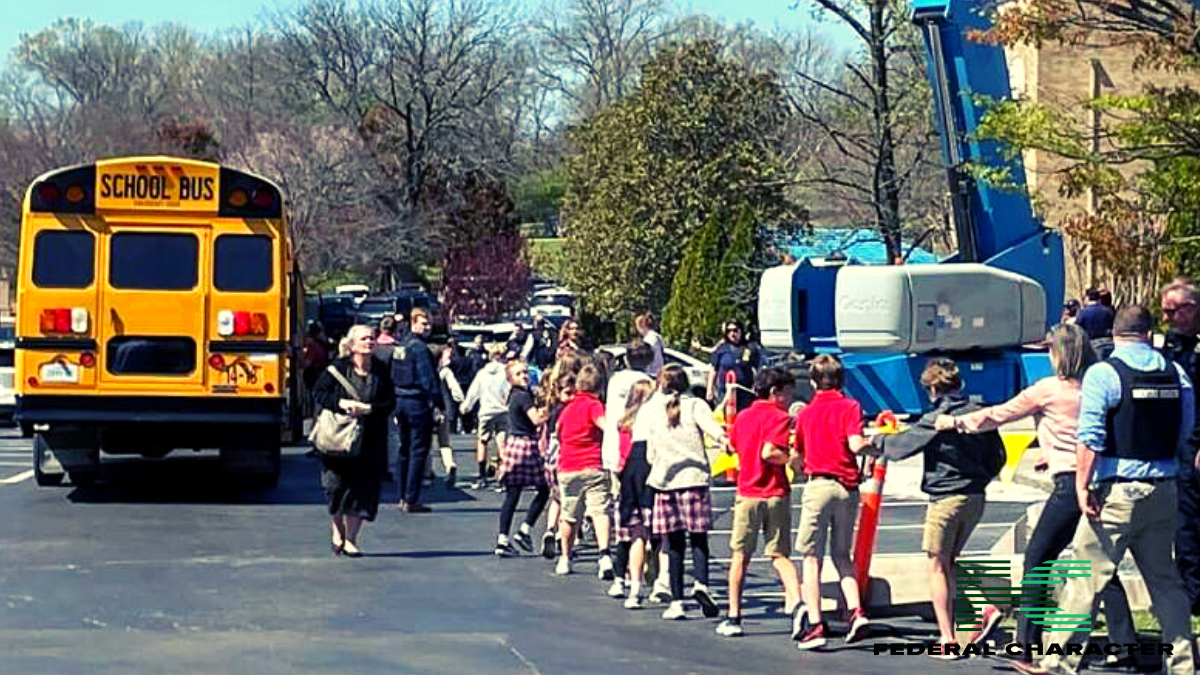The recent shooting of two National Guard members near the White House has sent waves of fear and highlighted serious flaws in U.S. security. The suspect, an Afghan national with previous ties to U.S. forces in Afghanistan, ambushed the guards while they were on patrol. This attack has sparked alarm not just because of the violence, but because it raises questions about vetting, intelligence sharing, and the vulnerability of even the most protected areas in Washington, D.C.
A Closer Look at the Suspect
Authorities identified the gunman as Rahmanullah Lakanwal, a 29-year-old Afghan who entered the United States under Operation Allies Welcome in 2021. Lakanwal’s prior work with CIA-backed forces in Afghanistan makes his case particularly complicated. Officials have stressed that he acted alone, but the attack demonstrates how someone previously trusted by the U.S. military system can still become a lethal threat. His ability to travel cross-country to the nation’s capital underscores gaps in tracking and monitoring high-risk individuals.

Security Failures and Political Fallout
The shooting has intensified debate over the country’s immigration policies and vetting processes. Officials from the Trump administration blame the Biden-era approval of asylum for the incident, claiming it shows a lapse in judgment. While political arguments rage, the core problem remains: individuals with military or intelligence experience abroad can sometimes slip through domestic security nets. This incident exposes the challenges of balancing humanitarian efforts with national safety.
National Guard and Response Measures
The victims, Sarah Beckstrom and Andrew Wolfe, remain in critical condition, showing how quickly an ambush can turn deadly. Authorities have responded with increased troop deployments and additional security measures in the city, but the fact that such an attack could occur near the White House itself highlights vulnerabilities that cannot be ignored. The Guard’s patrolling strategies, often involving small units armed primarily with pistols, are now under scrutiny.
Terrorism Risk Analysis
Labeling this act as terrorism is not just political rhetoric. It illustrates the unpredictable nature of threats facing security personnel on domestic soil. The suspect’s background in conflict zones and familiarity with firearms made him exceptionally dangerous. Analysts warn that without reforms in intelligence coordination and tighter screening of individuals entering the country, similar attacks could happen again.
Immigration and Vetting Concerns
This incident also ignites a fierce debate on immigration and asylum procedures. Some argue that Lakanwal should have never been approved to live freely in the U.S., citing gaps in background checks and risk assessment. Supporters of the current system insist that exceptions like this are rare, but rare or not, the consequences are severe. The federal government is now reviewing all Afghan immigration cases approved under Biden, and future vetting procedures are likely to become more restrictive.
The Human Toll
Beyond political blame, the shooting is a human tragedy. Families of the wounded Guard members are facing immense trauma. The father of one victim described holding his daughter’s hand as she struggles to survive. Stories like these are a stark reminder that security failures affect real people, not just abstract policies.
Bottom Line
This attack on National Guard members highlights a critical moment for U.S. security and immigration policy. The incident underscores how vulnerabilities in vetting and intelligence coordination can have deadly consequences. Moving forward, the government faces the challenge of balancing humanitarian obligations with national safety while ensuring that those entrusted with protection are themselves protected.















